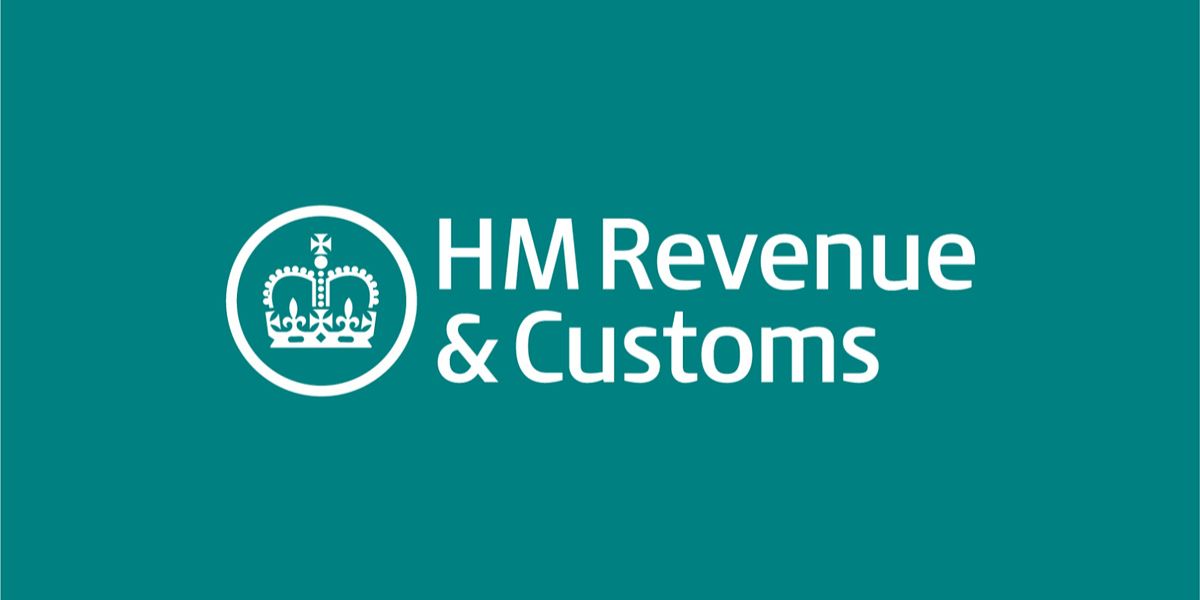On 10 August 2016 HMRC issued a consultation document on tackling disguised remuneration. This consultation follows the issue earlier in the year of an overview of the proposed changes and a technical note setting out the background and intended outcome of the changes. Some of the proposed amendments have already been introduced but some are to be included in the Finance Bill 2017 following further consultation.
The changes to the legislation involve amendments to Part 7A of the Income Tax (Earnings and Pensions) Act 2003 (ITEPA) to clarify that the rules apply to all forms of disguised remuneration scheme. The changes also clarify that references in the legislation to an employee include directors and any individual contractors working under a contract of employment even if they regard themselves as self-employed.
Most disguised remuneration schemes involve a loan made by a third party to an employee. Some schemes however involve an initial loan by another party such as the employer, followed by further steps to ensure that finally the employee owes the balance of the loan to the third party.
An arrangement falls within Part 7A if it first meets the conditions of the “gateway” in section 554A ITEPA. Some schemes attempt to avoid being caught by claiming the disguised remuneration is not in connection with the employment. To clarify that these schemes are caught by the legislation another “closed companies” gateway will be added to Part 7A. This will broadly cover situations where an individual has a connection with a close company and the individual and the close company are both parties to an arrangement whose outcome is that payments or benefits are provided to the individual. A tax charge would then arise where there is a “relevant step” by a third party for the purposes of the legislation.
The disguised remuneration rules are also to be amended to clarify that the write-off or release of a disguised remuneration loan is a relevant step for the purposes of the legislation and will therefore give rise to a charge to tax under Part 7A.
In the technical note issued earlier in the year the government announced the intention of broadening the power for HMRC to transfer income tax and national insurance contributions from employers to employees if a disguised remuneration scheme is used. However safeguards need to be put in place to ensure the liability is not transferred in situations where this is not appropriate. The consultation paper therefore sets out proposals to deal with three situations which are:
- Where there is a non-UK employer that has been set up only for the purpose of the disguised remuneration scheme and the employee provides services to a person in the UK;
- Where the employer still exists when the Part 7A charge arises but cannot meet the liability; or
- Where the employer no longer exists when the Part 7A charge arises.
The consultation paper invites comments on whether sufficient safeguards are included to ensure the liability is not inappropriately transferred and whether there are other circumstances where the liability could be transferred.
There is to be a new charge on outstanding disguised remuneration loans (the loan charge). This is to apply where the loan was made to an employee or director, the gateway conditions are met on 5 April 2019; the loan was made on or after 6 April 1999; and the loan or part thereof is outstanding immediately before the end of 5 April 2019. If all the conditions are met an amount equal to the balance of the loan would be liable to tax under Part 7A. The provision for gateway conditions to be met on 5 April 2019 gives recipients of such loans a chance to repay the loan before that date to avoid the charge arising.
HMRC is inviting comments from interested parties by 5 October 2016.















